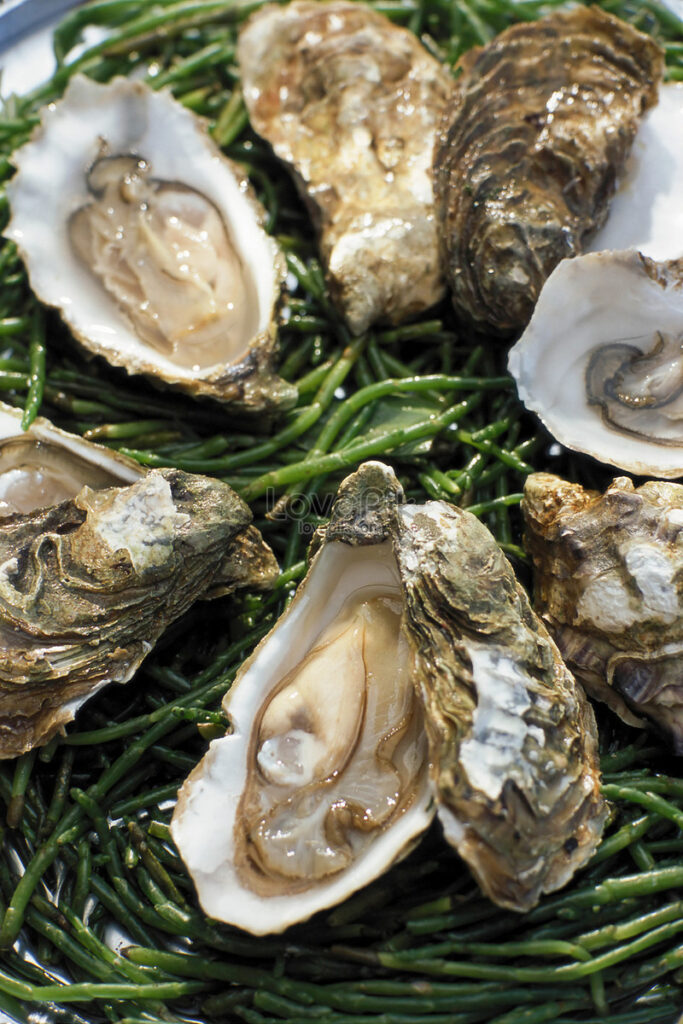Most people, even those who know a thing or two about oysters and may perhaps enjoy eating them, have no idea that the sweet and buttery bivalves they are slurping down in San Francisco or Vancouver are not the native species of the West Coast but Japanese imports. It’s an easy mistake to make, considering that Japanese oysters (Crassostrea gigas) are commonly referred to as Pacific oysters—as in western Pacific—though they have been commercially cultivated in North American waters for nearly a century.
There may be no intentional deception at work, but if you’re anything like me, you must be disappointed to discover another hitch in your quest to do right by the ocean: eating locally caught, native seafood, preferably shellfish because their carbon footprint is low. Japanese oysters? Locally raised, yes. But this introduced species has spread so easily and become so common that you can find them rooted in places where no one has deliberately planted them. Our appetites have fueled this alien invasion. It is only on rare occasions at certain bougie establishments that you might encounter the much-smaller Olympia oyster (Ostrea lurida) on the menu, a Proustian remembrance with its miserly portion of meat and coppery taste.
“Olys” were once the Pacific oyster. They were sold in seafood markets up and down the West Coast in the late 19th and early 20th centuries. Coastal development, overharvesting, and polluting industries, mostly wood-pulp mills, resulted in the decline of their populations and their near-total erasure from the public consciousness. One study from 2011 describes them as being functionally extinct across most of the Pacific coast.

